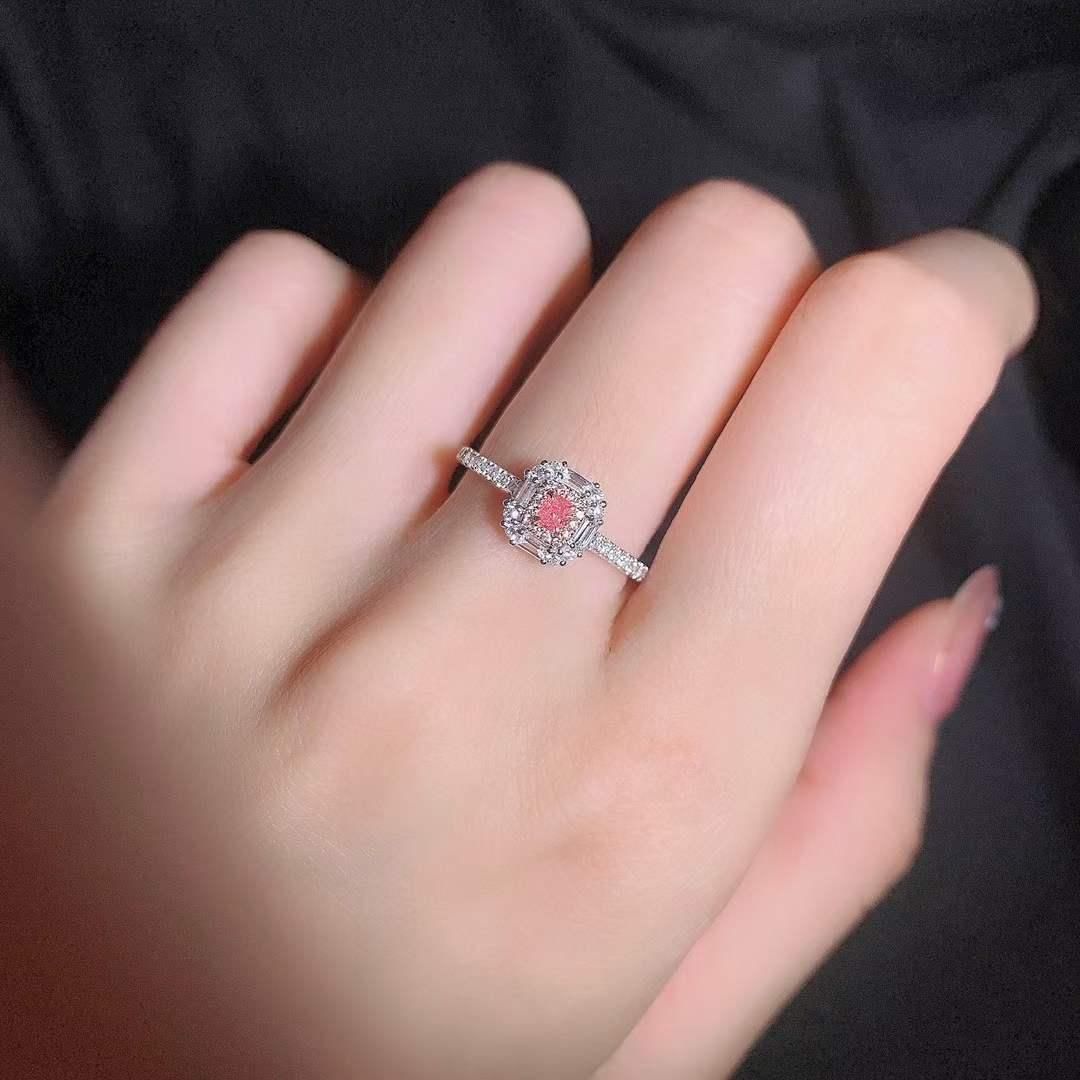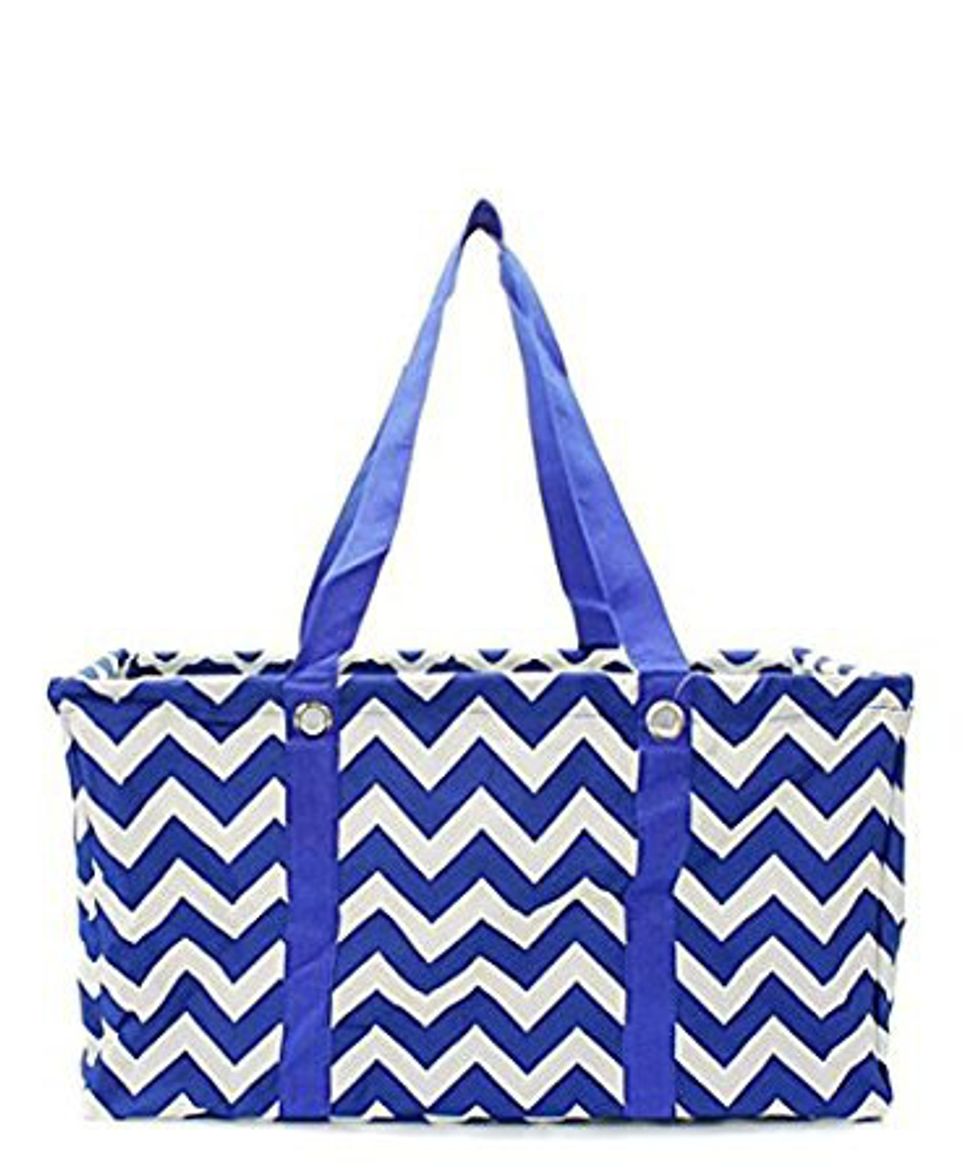Moissanite VS. Lab Diamond: Which is Better
Moissanite and lab diamonds are popular alternatives to natural diamonds. However, which is the better one for you? In the following, we make comparisons of Moissanite VS. Lab Diamond to offer you some guidelines.
What is Moissanite?
Moissanite is a naturally occurring mineral that was first discovered in 1893 by Dr. Henri Moissan in a meteor crater in Arizona. Moissan believed that these minerals were diamonds due to the gleaming appearance of the stones. After years of close examination, he realized in 1904 that the crystals he had discovered did not have the same chemical composition as diamonds — they were made of silicon carbide. He had no idea that scientists had discovered a way to create artificial silicon carbide in laboratories only two years before.
Moissanite has a very similar appearance to diamonds, making it an excellent diamond simulant. However, natural moissanite is too rare to meet the demands for making jewelry. As a result, the moissanite you can find on the market is lab-grown.
What are Lab Diamonds?
Lab-grown diamonds are also called artificial or synthetic diamonds. Only mined diamonds are natural since they're created on the earth and removed through mining.
Diamonds form underground over billions of years. Deep beneath the earth's mantle, 100 miles. High temperatures and pressure affect graphite's molecular structure in the mantle. Graphite is a carbon mineral, like diamonds.
Lab diamonds are created using little diamonds in devices that provide heat and pressure. Lab-created diamonds develop atom by atom. Lab diamonds aren't as valuable as natural diamonds because they're man-made. But lab diamonds are real diamonds that are identical to natural diamonds in hardness, color, clarity, carat, and element.
Moissanite Vs Lab Diamond: What are the differences?
Moissanite and lab diamonds are popular substitutes for natural diamonds because of their glistening looks. However, what exactly are the differences between them? Let me tell them from the perspective of
Hardness
Like natural diamonds, lab diamonds are composed of pure carbon. So they feature the same hardness as natural ones, ranking 10 on the Mohs scale of gemstone hardness.
Moissanite is the second hardest gemstone, just next to only that of diamonds. It gets a rating of 9.25 on the Mohs scale. Although it is not harder than a diamond, such a rating makes it very durable for daily wear and resistant to abrasion and damage. That is also the reason why it is sought after in the jewelry market.
Light Refraction:
"Refraction" refers to how a gem bends and breaks light apart, which is one of the most important things that affect how a gem looks to your eyes. Lab diamonds and moissanite are different in breaking and bending light. This causes different types of brilliance between them.
Moissanite has a higher refractive index than that of lab diamonds. Therefore, the brilliance of moissanite stones is higher and better than that of lab diamonds.
Moissanite features double refraction. So, if you look closely, every facet looks like it has two sides. Other gems that have double refraction are sapphire and tourmaline.
In contrast, lab diamond is singularly refractive. Thus, you would not see the facets to be twofold. However, you must see the diamonds from a specific angle to observe this characteristic.
Sparkle
Sparkle is more properly referred to as dispersion by industry professionals. Lab-grown diamonds and moissanite can be differentiated from one another by their shine. The dispersion rate of moissanite is 0.104 per second while lab diamonds have a dispersion rate of 0.044, which is quite low. Because of this, we are able to conclude that moissanite is capable of reflecting more light than a lab-grown diamond.
Color
The color is also one of the most vital characteristics that can be used to differentiate moissanite from lab-created diamonds.
In spite of the fact that moissanite is advertised as being "colorless," the gems can still show a yellowish or grayish cast in particular lighting conditions. That is also one of the causes of rainbow effects. The larger size of the stone is, the more evident it becomes. The rainbow effect adds a colorful dazzle to the gem and some people prefer a moissanite stone because of its gaudy look.
A colorless diamond, whether it was mined naturally or manufactured in a laboratory, has a natural body color that does not include any traces of yellow, brown, or gray. As a result, it has the appearance of being brilliantly bright white.
Price
When compared to the price of a diamond of the same carat weight, moissanite is less expensive than lab diamonds. For example, a nearly colorless one-carat natural diamond will cost $5,500. In comparison, moissanite will run you approximately $500, while lab diamonds of comparable grade would cost approximately $1,800, which is three times higher than that of moissanite stone. Both of them are more affordable than natural diamonds.
Pros and Cons of Moissanite
The Pons of Moissanite
Moissanite is a good diamond alternative. It has some advantages that will certainly pique your interest:
l More brilliant than lab diamonds
Moissanite has better performance than lab diamonds in light refraction and dispersion. So they are more brilliant than lab diamonds
l Requiring no mining process
Unlike mined diamonds, Lab-grown moissanite will not produce heavy carbon footprints. Thus, they are environmentally friendly, suitable, and ethical.
l The Best Value For Money
In fact, at a glance, moissanite has almost the exact resemblance to a diamond. However, they are more affordable than natural diamonds and lab diamonds.
l Very durable for daily use
Moissanite stones rank 9.25 on the Mohs scale of hardness, which is extremely close to diamonds(10). Therefore, they are also very durable for daily use.
The Cons of Moissanite
Moissanite will show a rainbow effect. The larger size the stone is, the more obvious it becomes
Moissanites are not diamonds. However, they have their own properties.
Pros and Cons of Lab Diamonds
The Pros of Lab Diamonds
Compared to natural ones, lab diamonds have many extra advantages. Learn more here:
l Same as natural diamonds
Lab diamonds are identical to natural diamonds, bearing all the advantages of natural ones
l Without bringing heavy carbon footprints
Like moissanite, lab diamonds are created in the lab. So they do not need a mining process. They are very friendly to the environment.
l Cheaper than natural diamonds
Lab diamonds are inexpensive, and they can be found for 20 to 40% less than natural diamonds, making them more affordable.
The Cons Of Lab Diamonds
Compared to moissanite, lab diamonds are more expensive. The price of lab-created diamonds is 20 to 40% higher than that of moissanite stones.
Moissanite Vs Lab Diamond: Which is Better
The choice for Moissanite Vs Lab Diamond depends on your preference. Moissanite is the affordable way to go if you want a sparkly stone that resembles a diamond. Also, it's very durable and will serve you well for a long time.
Lab-grown diamonds are the best for people who like diamonds. If you buy them instead of natural ones, you could save up to 70%.
In general, we think that both lab-grown diamonds and moissanite are great options. However, lab-grown diamonds are more expensive. So, before making a choice between them, also take your budget into consideration.
Where to Buy Moissanite Jewelry?
Bestcarat offers fashionable,conflict-free moissanite jewelry. Round, princess, cushion, oval, solitaire, halo, and three-stone moissanite engagement rings are available. Also, you can find daily jewelry with iconic designs to enhance your daily wear. 30-day returns, free shipping, and competent inquiry service ensure a reliable purchase at Best carat jewelry(https://www.bestcarat.com/).




















